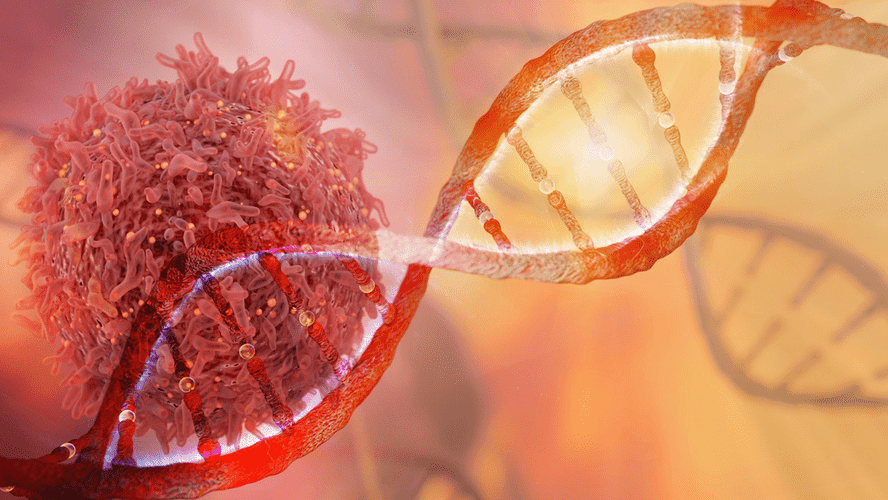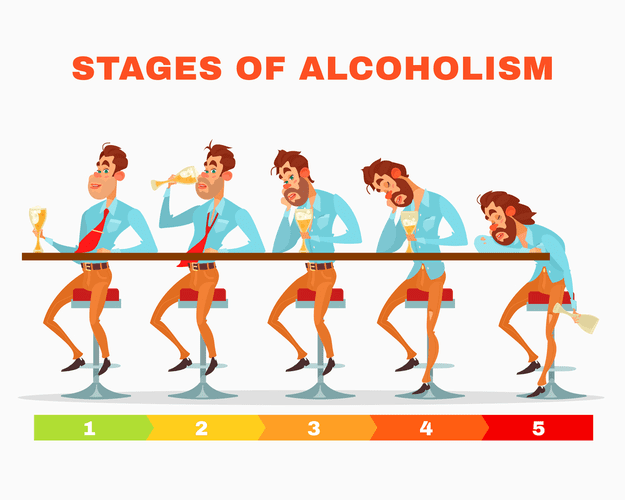The most important thing to do to treat alcoholic neuropathy is to stop drinking alcohol. Getting help early and making some changes like eating healthy, fixing any vitamin or mineral shortages, and dealing with any other health problems, might help with symptoms and make nerves grow back. It depends on how bad the nerve damage is, how healthy the person is, and if they stop alcohol neuropathy stages drinking alcohol. People with severe nerve damage may have long-lasting or permanent effects from alcohol neuropathy.

International Patients
In more severe cases, they can cut themselves or endure more severe injuries. As they don’t feel the pain, they also don’t feel the need to protect their wounds. Join our supportive sober community where each day becomes a step towards personal growth and lasting positive change. You can find alcohol rehab treatment centers that will help with the detox process and provide ongoing care for your substance misuse.
The Painful, Potentially Permanent Reality of Alcoholic Polyneuropathy

But, when neuropathy affects alcohol rehab the lower part of the body, these muscles will have poor organ control. That means you may experience intestine, stomach, and bladder problems. So, it’s not uncommon for alcoholic neuropathy to cause sexual dysfunction. Although the pain was common, not every patient experienced nerve damage the same way.

Molecular mechanisms involved in alcoholic neuropathy
- Alcohol-related neuropathy is a condition caused by consuming large amounts of alcohol over a long period.
- People can experience tingling, burning or numbness in the hands and feet or a heightened sensitivity to touch.
- At present, we don’t know the exact number of people affected by this condition.
- Eventually, the presence of alcohol becomes the norm for the body, and the long-term damage continues.
Lee et al. 36 suggested that reactive oxygen species are importantly involved in the development and maintenance of capsaicin-induced pain, particularly in the process of central sensitization in the spinal cord in rats. Naik et al. 38 suggested the involvement of oxidative stress in experimentally induced chronic constriction injury of the sciatic nerve model in rats. Endoneural oxidative stress leads to nerve dysfunction in rats with chronic constriction injury 39. A significant decrease in the activity of anti-oxidant enzymes (superoxide dismutase and catalase) and an increase in lipid peroxidation were observed in sciatic nerves of diabetic rats with established neuropathic pain 40. ROS triggers second messengers involved in central sensitization of dorsal horn cells 41 or they activate spinal glial cells which in turn https://www.careerresource.net/the-rise-of-using-alcohol-as-a-coping-mechanism-4/ play an important role in chronic pain 42. Reduced glutathione is a major low molecular weight scavenger of free radicals in cytoplasm.
- The SDTC was normal compared to controls, but the rheobase was significantly different suggesting that APN may affect internodal channels other than nodal channels or the Na+ –K+ ATP pump.
- The sooner an individual seeks medical support, the greater the likelihood of regaining as much nerve function as possible.
- Some researchers believe the connection between alcohol misuse and poor nutrition may lead to alcoholic polyneuropathy.
- Alcoholic neuropathy is a form of nerve damage caused by excessive alcohol consumption, affecting the peripheral nerves responsible for transmitting messages between the central nervous system and the body.
- But in most cases, the disorder can be managed with medications to decrease the symptoms as much as possible.